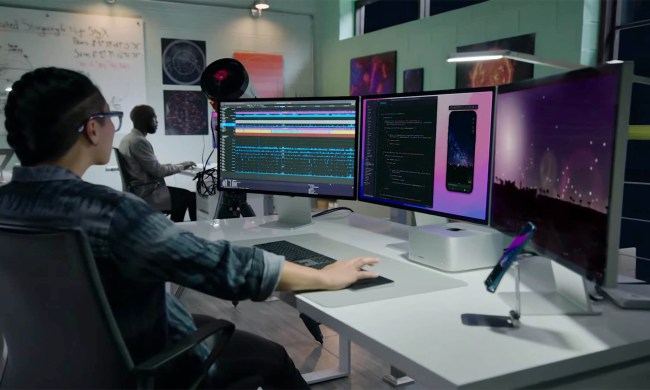DisplayPort is a recent video output standard developed with an eye towards replacing DVI—and perhaps even doing away with that ubiquitous VGA connector once and for all. It uses a small USB-sized connector, offers 10.8 Mbps performance which is even faster than dual-link DVI, and is intended to be easy for manufacturers to implement on everything from televisions and computers to notebooks and portable devices.
The Video Electronics Standards Association (VESA) approved the DisplayPort 1.1 specification last April; today at the VESA PlugTest in Milpitas, California, chipmaker AMD—which acquired graphics developer ATI a year ago—demonstrated its first graphics processors with native DisplayPort 1.1 support.
“AMD has been driving the high-definition transition on the PC with innovative firsts such as integrated HDMI, high-bandwidth digital content protection (HDCP) and our Unified Video Decoder (UVD),” said Rick Bergman, Senior VP and General Manager of AMD’s Graphics Products Group, in a statement. “With the successful interoperability testing of the first graphics chip to feature a native DisplayPort transmitter, we are once again breaking new ground in customer-centric innovation by offering increased choice in video and display technologies to our users.”
AMD anticipates that ATI Radeon graphics processors with DisplayPort support will reach the PC market sometime early in 2008. Big Media—as represented by Hollywood studios—probably can’t wait, since once of the promises of DisplayPort is to finally plug the “analog hole” and use HDCP to keep content like movies protected from unauthorized access all the way from disc (or hard drive) to display.


